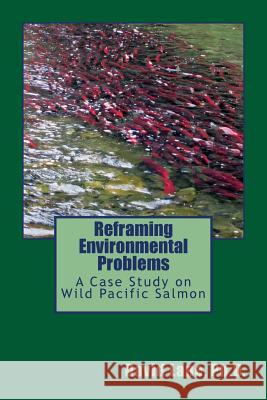Reframing Environmental Problems: A Case Study on Wild Pacific Salmon » książka
Reframing Environmental Problems: A Case Study on Wild Pacific Salmon
ISBN-13: 9781479316021 / Angielski / Miękka / 2012 / 194 str.
There are typically two responses to the complex environmental problems of our time: 1) doom and gloom and 2) optimism. There is a lot of doom and gloom in the environmental literature. This literature warns that the future portends danger for humans and their life support systems. But when one tries to be optimistic about the present or the future, one is criticized as being unrealistic. The optimist is thereby considered naive. Similarly, when groups of scientists are showing signs of success in presentations, seminars, and the literature, they are often accused of delusional optimism or even a 'conspiracy of optimism.' In the face of such criticism, the optimists are challenged to be realistic, the belief being that if one is realistic then one will see that the present and the future really are, in fact, full of doom and gloom. Therefore, we have an apparent choice between realistic doom and gloom and unrealistic optimism. I call this choice "the hopeless dilemma." This case study on wild Pacific salmon uses quantitative and qualitative methods in a complementary way to investigate the underlying frames of this apparent dichotomy. Radical reframing is then explored as a means to transcend the hopeless dilemma and find realistic hope."











